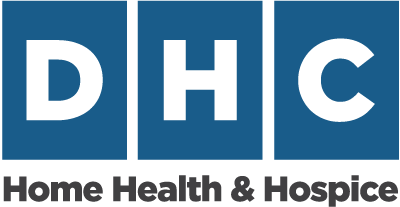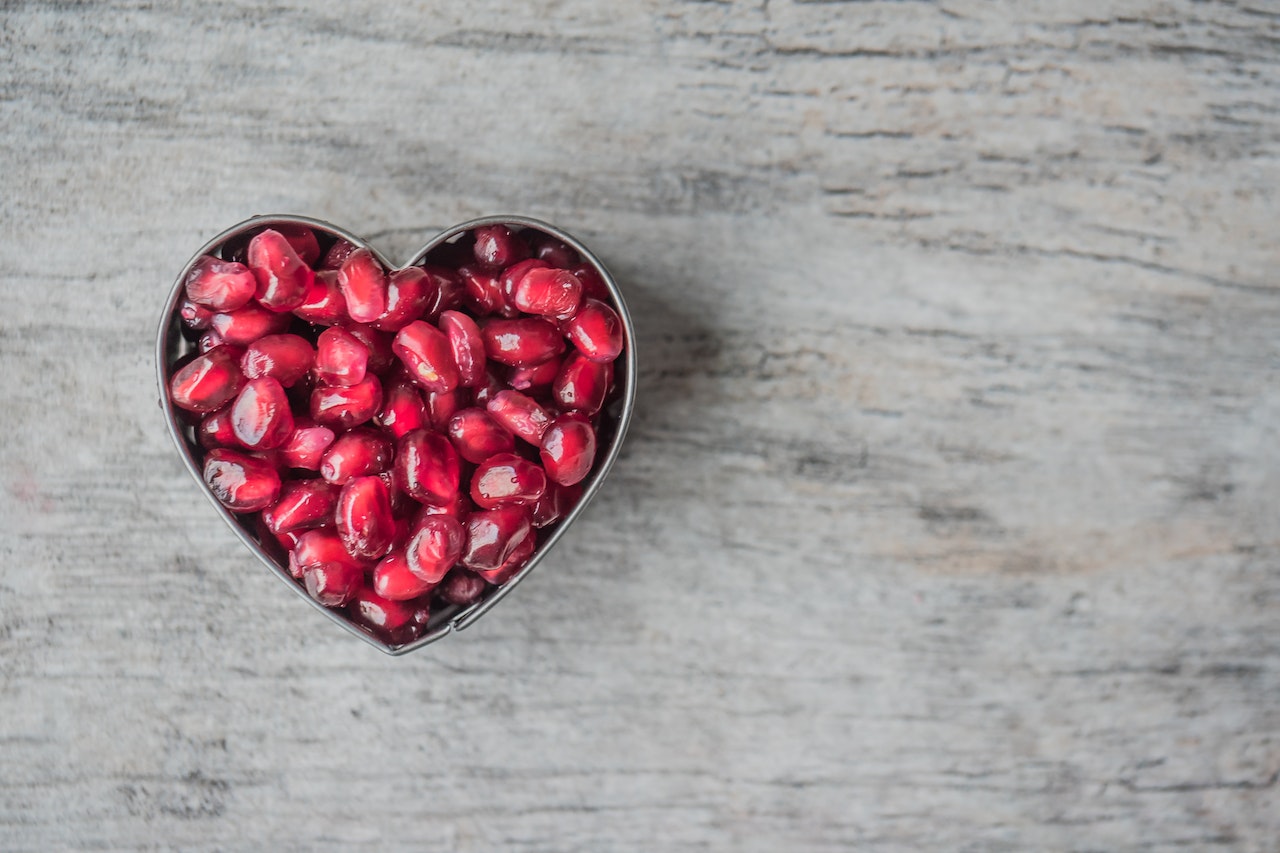According to the CDC, Heart Disease is the number one cause of death in the United States. About every 25 seconds, an American will have a coronary event.
Did you know that heart disease is the leading cause of death in the United States and is also a major cause of disability in US citizens? The most common of the heart diseases in the United States: coronary heart disease. Unfortunately, most people are not aware they have coronary heart disease until it reveals itself in the form of a heart attack.
In 2010, it is estimated that 785,000 people in the US had a new coronary attack and about 470,000 had a recurrent attack. that’s 1.25 million people! At a rate of about one every 25 seconds, an American will have a coronary event, and about one every minute will die from one.
Know Your Heart Disease Signs and Symptoms
Some heart attacks are sudden and intense; however, most heart attacks start slowly, with mild pain or discomfort. Often people affected aren’t sure what’s wrong and wait too long before getting help. Here are signs that can mean a heart attack is happening:
- Chest discomfort. Most heart attacks involve discomfort in the center of the chest that lasts more than a few minutes, or that goes away and comes back. It can feel like uncomfortable pressure, squeezing, fullness, or pain.
- Discomfort in other areas of the upper body. Symptoms can include pain or discomfort in one or both arms, the back, neck, jaw, or stomach.
- Shortness of breath. May occur with or without chest discomfort.
- Other signs. These may include breaking out in a cold sweat, nausea, or lightheadedness.
Healthy Lifestyle: Diet and Nutrition, Exercise and Fitness
A healthy diet and lifestyle are the best weapons you have to fight heart disease. Many people make it harder than it is. It is important to remember that it is the overall pattern of the choices you make that counts. As you make daily food choices, read nutrition labels and base your eating pattern on these recommendations:
- Choose lean meats and poultry without skin and prepare them without added saturated and trans fat.
- Select fat-free, 1% fat, and low-fat dairy products.
- Cut back on foods containing partially hydrogenated vegetable oils to reduce trans fat in your diet.
- Cut back on foods high in dietary cholesterol. Aim to eat less than 300 mg of cholesterol each day.
- Cut back on beverages and foods with added sugars.
- Select and purchase foods lower in salt/sodium.
- If you drink alcohol, drink in moderation. That means no more than one drink per day if you’re a woman and two drinks per day if you’re a man.
- Keep an eye on your portion sizes.
Physical activity in your daily life is an important step to preventing heart disease. You can take a few simple steps at home, at work, and at play to increase the amount of physical activity in your life.
Women and Heart Disease: Quick Facts
Although heart disease is sometimes thought of as a “man’s disease,” it is the leading cause of death for both women and men in the United States, and women account for nearly 50% of heart disease deaths.
In 2007, heart disease was the cause of death in 306,246 females.
Heart disease is often perceived as an “older woman’s disease,” and it is the leading cause of death among women aged 65 years and older. However, heart disease is the third leading cause of death among women aged 25–44 years and the second leading cause of death among women aged 45–64 years. Remember that many cases of heart disease can be prevented!
Men and Heart Disease: Quick Facts
- In 2007, heart disease was the cause of death in 309,821 American men.
- The average age for a first heart attack for men is 66 years.
- Almost half of men who have a heart attack under age 65 die within 8 years.
- Between 70% and 89% of sudden cardiac events occur in men.
References and Credits
Much of the information on this page is found here: http://www.cdc.gov/Features/HeartMonth/

